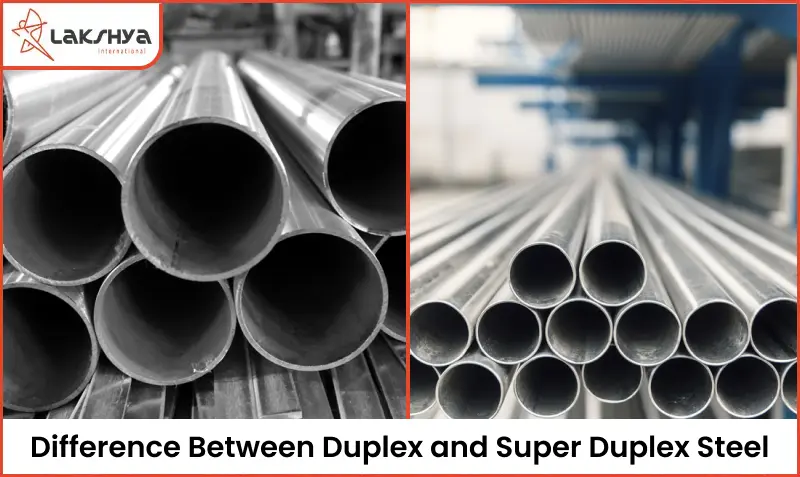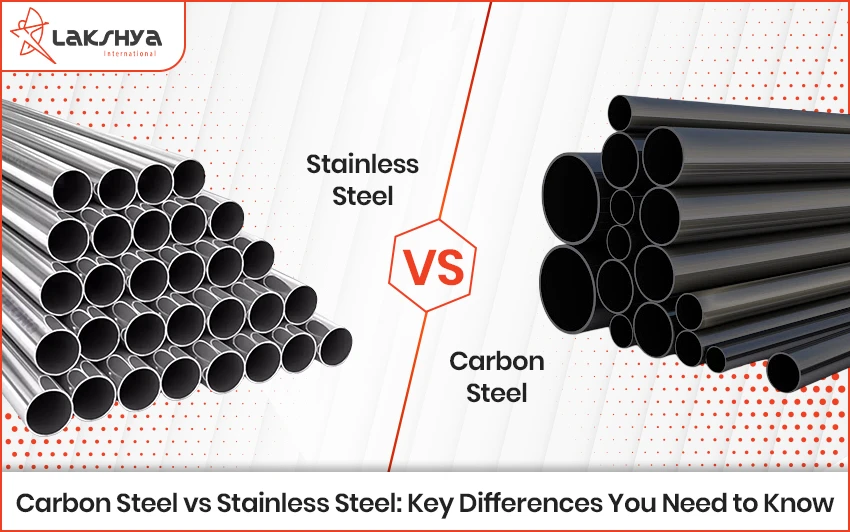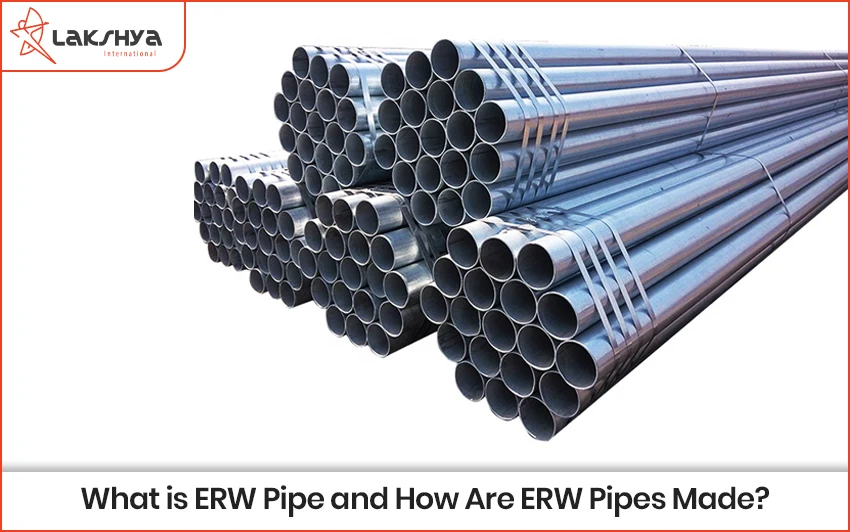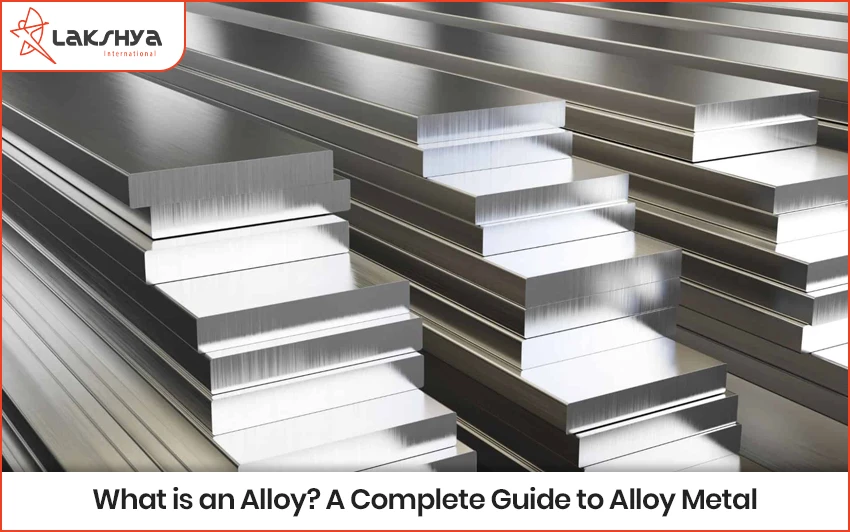Stainless steel products are categorized based on their structure in duplex and super duplex types. Duplex Stainless Steel has a dual-phase structure with equal parts austenite and ferrite, blending properties from both types.
Super Duplex Stainless Steel has a higher content of chromium, nickel, molybdenum, nitrogen, and tungsten, which improves its resistance to corrosion compared to standard duplex steel.
However, super duplex steels are tougher to process due to their high alloy content, which can create intermetallic phases and reduce impact resistance. This blog will help you understand the differences and choose the best material for your needs.
What is Duplex Stainless Steel?
Duplex Stainless Steel is named for its unique structure, which includes both austenitic and ferritic phases. This mix of two types of structures gives it a good balance of strength and corrosion resistance.
Compared to regular austenitic stainless steels, duplex stainless steels are stronger and more resistant to corrosion. They have more chromium (20-28%) and up to 5% molybdenum. They use less nickel (about 9% less) and include a small amount of nitrogen (0.05-0.5%), which improves their performance.
This blend of materials and structure makes duplex stainless steel very resistant to pitting and crevice corrosion, making it ideal for tough environments where durability is crucial.




